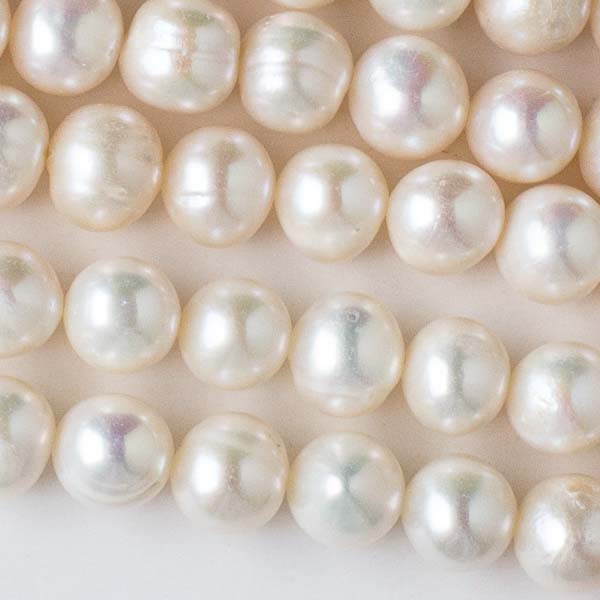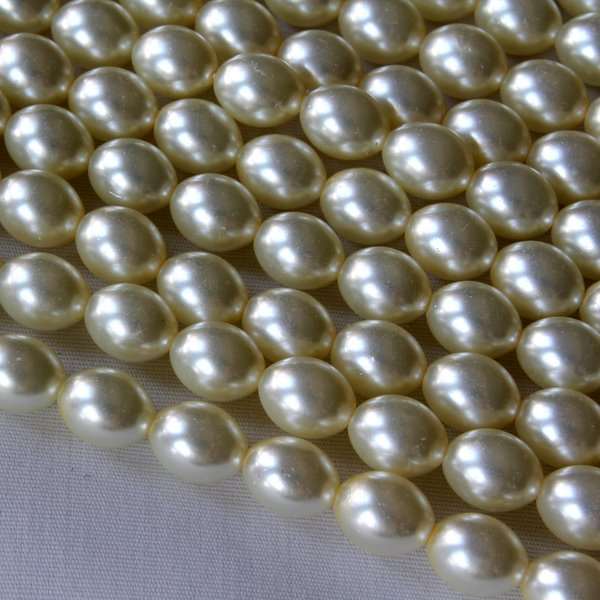Hi Zuri's, currently at Disney world, standing in one of the many long lines at the park. I'm having a blast but the lines I can do without. I guess we all need a dose of reality in magic kingdom, less we think life is all magic and rainbows LOL.

Even Daisy couldn't steal my thunder in this pic, check out that side eye LOL!

My outfit is never couldn't be complete without the TEMI necklace :) I did swap the pearl ones for an white onyx set
While in line waiting for my next ride, I came across a couple of social media posts claiming that they use Italian pearls to make their pieces. The first post was excusable but 3 in a row, come on people!
Now normally I would let this slide but I feel bad for both the retailers who buy from wholesalers claiming such absurdity and consumers who are fed such untruths by retailers .
Knowledge they say is power, so ill be sharing a bit of what I learnt about Pearls during my course at the GIA (Gemological Institute of America) and a few tips on how to tell real pearls from fake ones.
First things first, you should know that pearls are either natural or cultured. Natural pearls are created entirely by Mother Nature with no human intervention, they are quite rare and valuable. A lot of the natural pearls sold today are those bought centuries ago. While cultured pearls are as a result of Man and nature working hand in hand. Nowadays most pearls sold are cultured pearls.
Secondly, there are four internationally recognized types of cultured pearls;
South Sea Pearls
Tahitian Pearls
Akoya Pearls
Fresh water Cultured Pearls. The most common type of pearl found in the market today is the fresh water pearl. China is the main producer of fresh water pearls, hence the term "Chinese fresh water pearls".
and finally the value placed on pearls varies tremendously and is usually determined by certain factors, which include
-
Shape
-
Color
-
Luster
-
Surface
Luster is considered the most important factor as it is the one thing that sets pearls apart from all other gemstones.
To avoid being duped, here are a couple of tips you can use to tell imitation pearls from the real deal;
-
Imitation beads are usually made from plastic, shell or glass, Plastic pearl beads are lighter than cultured pearls and glass beads are much heavier. To test if a strand is an imitation or the real deal, toss a strand of glass beads in your hand and then toss a strand of cultured pearls in the air, you should feel the weight difference in both strands. The glass pearls should be heavier than the cultured pearls and the plastic should be much lighter.
-
Another way to detect imitation pearls is their uniformity. pearls even when sorted for similarity are never exactly the same. If you examine the pearls closely you will always see differences in size, shape, color, luster e.t.c while imitation pearls made from plastic, glass or shell usually look uniform and too perfect. When you look closely and the pearls in a strand look exactly the same, they are most likely imitations

Just by looking at these pearls you can see that they are not a perfect round shape and no pearl on the strand is identical to another. They are similar but not identical

These are fake pearls, see how shiny and identical these are. Don't get me wrong, there are perfectly matched genuine pearl strands but they will cost and arm and a leg.
-
Tooth test - Gently rub the sample pearl against the vertical flat surface of your teeth, most imitation pearls feel smooth against the tooth while cultured pearls feel gritty against the tooth.
-
Check close to the drilled hole of the pearl strand before buying. When a layer close to the drilled hole of the pearl is peeling to reveal a plain white bead underneath the layer, that is an indication that the pearl is an imitation
There are other methods to test the authenticity of pearls but they require the use of equipments. If you are still in doubt after trying the above mentioned methods you can also send your pearls to the Gemological Institute of America to get them authenticated for a fee.
Have a great weekend Zuri's and thanks for stopping by.
